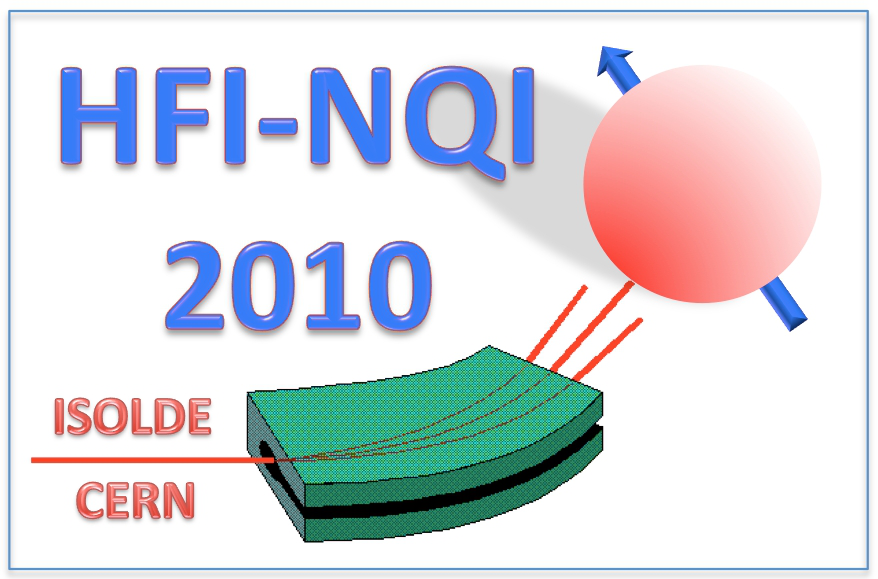Speaker
Description
Summary
Crown thioethers are organic molecules that can act as molecular, metal and radioisotope carriers, ion-sensitive electrodes, phase transfer reagents and etc [1]. When these lock and key compounds are functionalized with radioisotopes, they present promising possibilities to be applied in drug design to treat and diagnose diseases. The Time Differential Perturbed Angular Correlation (TDPAC) technique has been suggested in the literature, in connection with different radioactive probes, to aid in this study [2,3]. An important issue to be addressed in the case of biomedical applications is the structural stability of the Crown thioethers, under different conditions, what can be done through state of the art ab initio electronic structure calculations. Here we study the electronic, structural and electrical hyperfine properties of some Crown thioethers complexed with Ag or Cd. We try to reproduce the different situations faced when there is a β decay of 111Ag to 111Cd as seen in a TDPAC experiment. We use the CP-PAW code, which is an all electron ab initio method in the Kohn-Sham scheme of the DFT[4], combining the Car-Parrinello quantum molecular dynamics [5] and the Projector Augmented Wave basis (PAW) set [6]. Our Electric Field Gradient (EFG) results are in a very good agreement with measurements [7] when the Cd+ atom is used to mimic the experimental situation. We also discuss the similarity in the electronic structures before and after the decay. We demonstrate in this issue the importance to evaluate the correct charge state in the ab initio analysis.
References
[1] Schubiger P. A., Alberto R. and Smith A., Bioconjug. Chem., 7, 165 (1996).
[2] Ctortecka B., PhD Thesis, Faculty of Physics and Earth Science, Universität Leipzig, 1999.
[3] Tröger W., Hyperfine Interactions, 120/121, 117-128 (1999).
[4] Kohn W. and Sham L. J., Phys. Rev. B., 140, 1133 (1965) .
[5] Car R. and Parrinello M., Phys. Rev. Lett., 55, 2493 (1985).
[6] Blöch P., Phys. Rev. B, 50, 17953 (1994).
[7] Heinrich F., Ctortecka B. and Troger W., Hyperfine Interactions, 158, 79-88 (2004).
| Are you a student, a delegate from developing countries or a participant with physical needs and would like to apply for a sponsored accomodation. Please answer with yes or no. | yes |
|---|---|
| Please specify whether you would prefer an oral or poster contribution. | Oral presentation |
